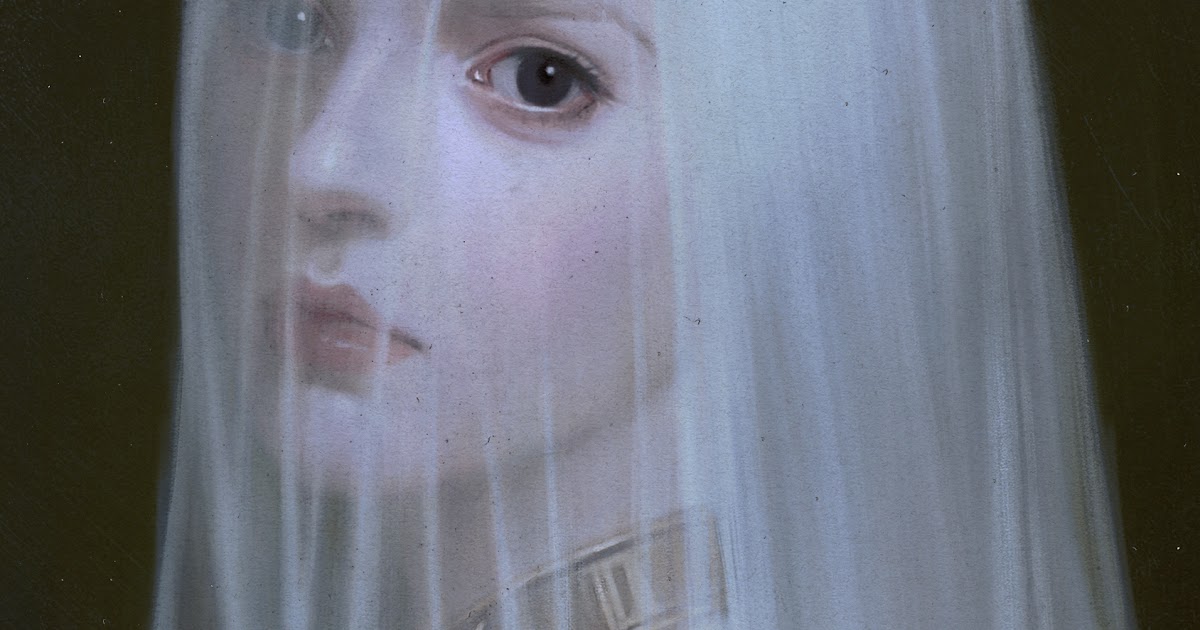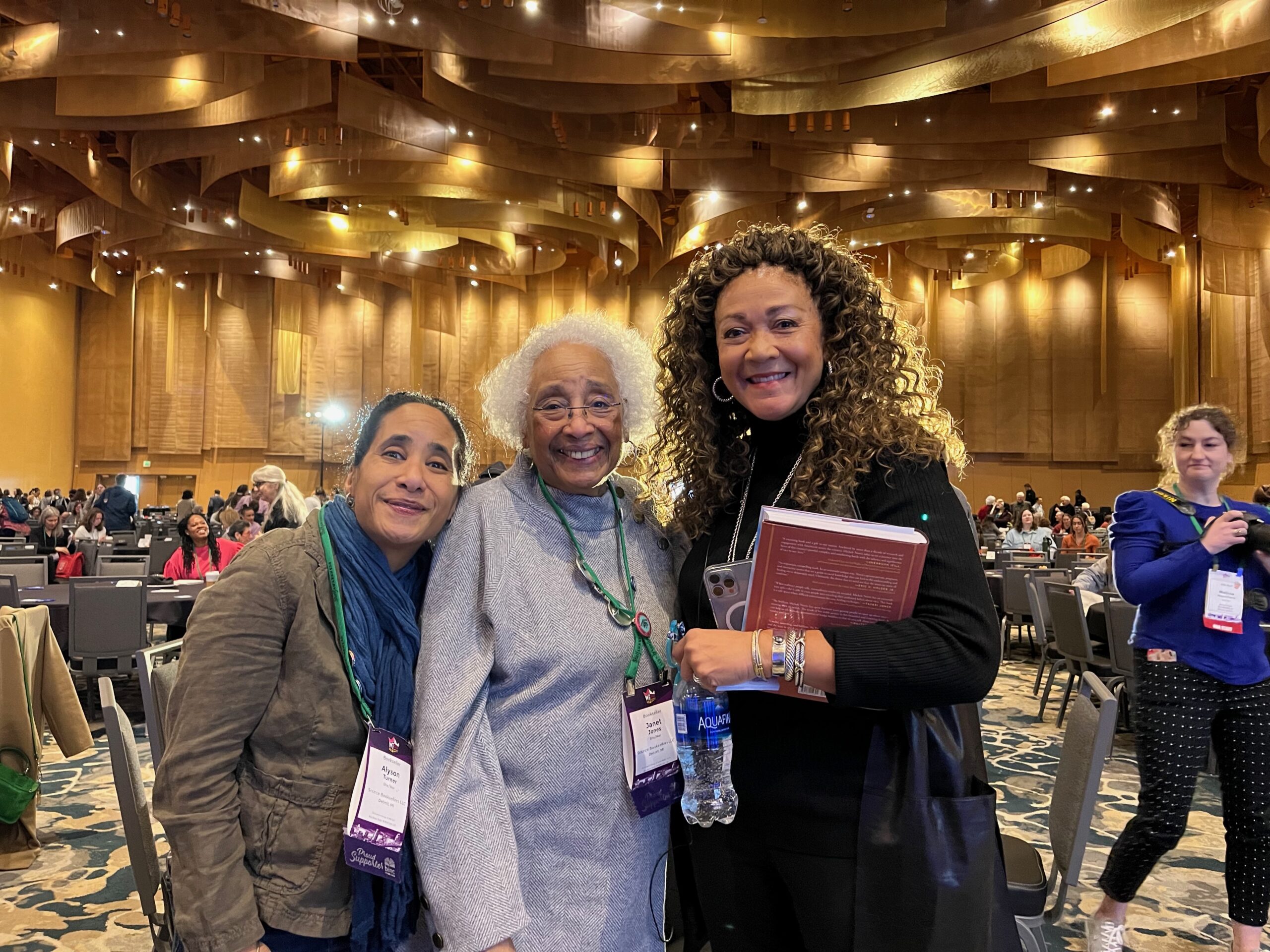The actor Nigel Hawthorne – most famously, Sir Humphrey in Yes Minister – used to tell a story about being invited to lunch with the Queen at Buckingham Palace, along with a score or so of fellow thespians. When the company was seated, each guest was presented with a small round plate upon which rested an unpeeled peach, along with a too-dainty knife and fork. All gazed in more or less consternation at this challenge to their dexterity; no doubt the more literary-minded put to themselves J Alfred Prufrock’s anguished question, “Do I dare to eat a peach?”
All set to work on the fruit, peeling, slicing, forking, as best they could. In the midst of his efforts, Nigel glanced in the direction of their hostess. There she sat, Her Imperial Majesty, leaning forward at her ease, with elbows planted on the table, holding the peach in her fist and munching at it with gusto, a drop of juice about to fall from her chin. She caught him looking, and smiled a wicked smile. Who could not warm to the perpetrator of such a happy, harmless prank?
In her public persona, she was everywhere present and nowhere to be found. Being all things to all men and all women, the Queen, as distinct from Elizabeth Windsor, had the luxury of being nothing in herself. This was her strength as a monarch, and her burden as a person. When, on 2 June 1953, the Archbishop of Canterbury – having counted to three, on the advice of Cecil Beaton, so Beaton claimed – lowered the 2.23kg royal crown on to the diminutive head of the Princess Elizabeth, it became welded there, and remained so for the rest of her life, whether she was wearing it or not.
As Craig Brown recognises, throughout her long reign, Elizabeth Regina was one of the strangest phenomena of what may loosely be called the modern era. Wisely, he does not expend much energy interrogating the conundrum of why she was so significant, and how it was that so many people, not all of them idiots, should have been so preoccupied with her, and why they felt compelled to project their fantasies upon her. She was famous beyond the limits of fame; as Brown informs us, her funeral was watched on television by about 4 billion viewers around the globe, “roughly half the people on the planet”.
In its length and profusion of detail, Brown’s book is almost a match for its subject. He seems to have read everything ever written about the Queen: the list of his sources occupies nearly 15 closely packed pages. After such a sisyphean effort, he is keenly aware of the perils involved. “Reading too many books about the Queen and the royal family,” he writes, “is like wading through candy floss: you emerge pink and queasy, but also undernourished.”
Given his many years as a contributor to Private Eye, it might be expected that his account of the Second Elizabethan Age would have its tongue jammed firmly into its cheek. True, there are many instances of that tone of barely suppressed, schoolboy hilarity the Eye adopts when it has to deal with topics dear to the nation’s heart. Overall, however, Brown gives an astute account of the wellnigh unaccountable public life of an intensely private person who, for most of that life, was on display before the slack-jawed and pop-eyed gaze of millions of total strangers. Brown writes that “the ability to ignore onlookers,” learned early on, was invaluable.
Why he should have chosen to set sail around this ever-present yet ever-elusive edifice is a puzzle, though there is some logic in graduating from the waspish sister – Ma’am Darling was his bestselling portrait of Princess Margaret – to the firstborn. In any case, he has performed the task with admirable zeal. The book is crammed with facts, statistics, anecdotes, and much of it is gloriously bizarre.
At her coronation, British troops fighting in Korea “fire shells containing red, white and blue smoke, by way of celebration”. After meeting Marilyn Monroe, the Queen says she found the star “very sweet”, but felt sorry for her “because she was so nervous she had licked all her lipstick off”. Having her photograph taken for the diamond jubilee, she declines the request to stand by a window overlooking the Mall, since she had posed there before and a passing motorist glanced up, saw her, and crashed his car. And then there is the long and creepily cosy account, with dialogue, of her having her portrait painted by Rolf Harris, at that time a national treasure, subsequently convicted of serial sexual abuse.
Brown has a great deal of po-faced but unmistakably irreverent fun in his survey of the myriad ways in which Britons went about grieving for their Queen in autumn 2022. Nothing is too humble that it may not be made to represent “a mark of respect”. Norwich Council “puts a notice on a bike rack saying it is closed for the official period of mourning”, while a pub in York announces, in a tone of blithe bathos, that “due to the passing of Her Majesty Queen Elizabeth II … we will not be operating Happy Hour”.
after newsletter promotion
We may laugh – and how could we not? – but there is something deeply frightening in the neediness shown by people’s obsession with this woman, whether crouching under the weight of a bejewelled crown or one of her awful hats. She seems to have faced the awe and adulation of the public with a sense of duty and a sense of humour, at the same time and in equal measure. In herself, and she did have a self behind the facade of majesty, as Brown’s book repeatedly attests, she was wholly admirable. She lived, she served, she did her best – and she dared to eat a peach.


